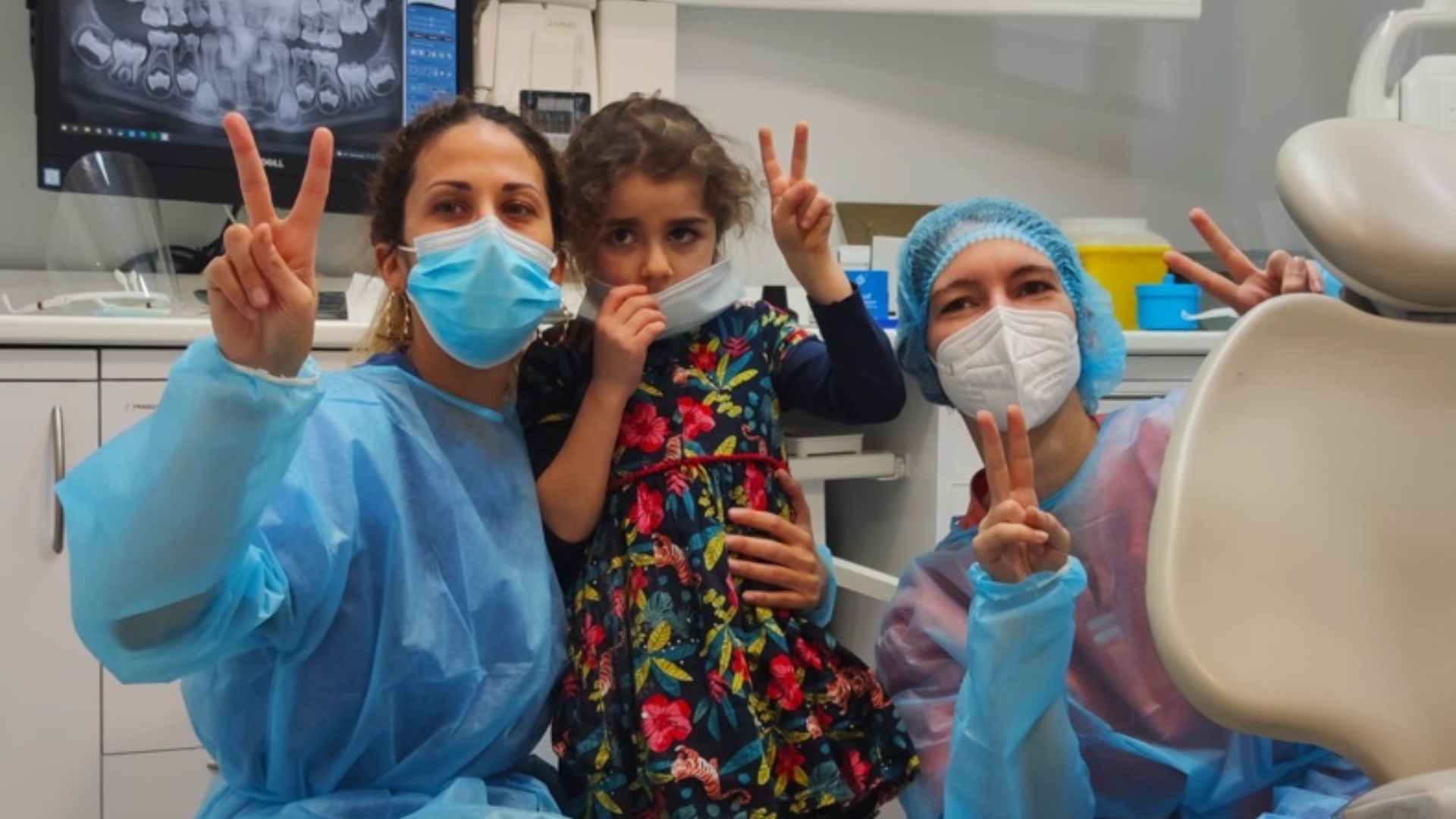Smoking and Your Oral Health
In the realm of personal health, there’s a shadowy adversary that often goes unspoken, lurking behind the scenes and wreaking havoc in ways we might not always notice at first glance. This foe? Smoking. While the broader consequences of this habit—such as lung cancer, heart disease, and stroke—grab headlines, there’s another battleground that deserves our attention: our oral health.
Smoke’s Silent Siege on Your Smile
It’s easy to overlook the impact smoking has on our mouths, but the evidence is stark and the damage, extensive. From staining teeth to the more sinister risk of oral cancer, the effects of smoking on our oral health are both profound and pervasive. Let’s dive into the nuances of how this habit casts a long shadow over our smiles.
Stained Teeth: The Cosmetic Consequence
One of the most immediate and visible effects of smoking is the discoloration of teeth. Nicotine and tar in cigarettes are notorious for leaving behind a yellow or brownish hue, a cosmetic concern that can diminish confidence and lead to expensive dental treatments.
Gum Disease: A Sneaky Foe
Beneath the surface, the toxins in smoke attack the foundations of oral health: the gums. Smoking disrupts the normal function of gum tissue cells and reduces blood flow, making smokers more susceptible to infections like periodontal (gum) disease. This condition not only leads to swollen, bleeding gums but can also result in the loss of teeth if left unchecked.
Oral Cancer: The Deadly Threat
Perhaps the most harrowing impact of smoking is its strong link to oral cancer. This deadly disease can affect any part of the mouth and throat, and smokers are significantly more at risk than non-smokers. Early detection is crucial, so being aware of symptoms like sores, lumps, or long-lasting pain in the mouth is key.
Fighting Back: How to Kick the Habit
Acknowledging the problem is the first step, but action is where the real change begins. Quitting smoking is no small feat, but with determination and the right resources, it’s entirely possible. Here’s how to embark on the journey to a healthier life and a happier mouth.
Create a Quit Plan
Every successful mission starts with a solid plan. Identify your smoking triggers and brainstorm alternatives to cope with them. Set a quit date, and let friends and family know so they can support you.
Seek Professional Help
Don’t go at it alone. Healthcare providers can offer advice, support, and even medication to help manage withdrawal symptoms. Dental professionals can also provide guidance on repairing the oral health damage and maintaining a healthy mouth post-smoking.
Utilize Resources
There are countless resources available for those looking to quit smoking. From helplines and websites to support groups and apps, find the tools that resonate with you and use them to stay on track.
The Power of Patience and Perseverance
Quitting smoking is a journey fraught with challenges, but the benefits for your oral health (and overall health) are immeasurable. Patience and perseverance are your allies. Relapses can happen; what matters is that you get back on the path and keep moving forward.
The Bright Side: Recovery and Renewal
The human body is remarkably resilient. Once you quit smoking, your risk of gum disease, tooth loss, and oral cancer begins to decrease. Over time, you’ll notice improvements in your oral health, breath, and even the appearance of your teeth. It’s a transformation that goes beyond just your smile—it’s about reclaiming your health and your life.
In closing, while the journey to quit smoking is deeply personal and fraught with challenges, the rewards for your oral health are profound. Embrace the struggle, seek support, and keep your eyes on the prize: a healthier, brighter smile that reflects the strength of your commitment. Remember, it’s not just about adding years to your life but adding life to your years, starting with the health of your mouth.




